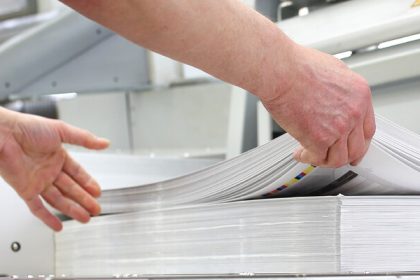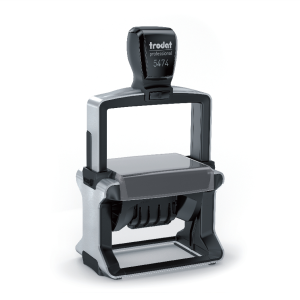Font selection is a critical aspect of graphic design that plays a fundamental role in shaping the overall visual appeal and effectiveness of a design. The choice of fonts can greatly influence the perception, mood, and readability of a design, making it essential for graphic designers to carefully consider their font selections. Here are six paragraphs discussing the importance of font selection relative to the overall design:
Establishing Visual Hierarchy: Fonts contribute to establishing a visual hierarchy within a design by differentiating various elements such as headings, subheadings, and body text. The careful selection of fonts with varying weights, sizes, and styles can guide the viewer’s attention, enabling them to navigate and interpret the content more effectively. By using different fonts to differentiate important information, graphic designers can create a balanced and harmonious design that engages and guides the viewer.
Conveying Brand Personality: Fonts play a crucial role in conveying the personality and character of a brand. Whether it’s a bold and assertive typeface for a sports brand or a clean and elegant serif font for a luxury brand, the choice of font should align with the brand’s values, target audience, and overall brand identity. Consistency in font selection across various brand materials helps reinforce brand recognition and establish a cohesive visual language that resonates with the intended audience.
Enhancing Readability and Legibility: The readability and legibility of a design are directly influenced by the font selection. Different fonts have varying levels of legibility at different sizes and on various mediums. For instance, a decorative script font might be visually appealing for a logo or a headline, but it may pose challenges in terms of legibility when used for lengthy paragraphs of text. It’s crucial to select fonts that are easily readable, ensuring that the audience can consume the information effortlessly.
Evoking Emotion and Setting Tone: Fonts possess inherent characteristics that evoke certain emotions and set the tone of a design. Serif fonts often exude a sense of tradition, sophistication, and formality, while sans-serif fonts are often associated with modernity, simplicity, and informality. Additionally, script fonts can convey elegance and femininity, while bold and geometric fonts can evoke a sense of strength and masculinity. By selecting fonts that align with the intended emotional response, designers can enhance the overall impact of their designs.
Establishing Visual Consistency: Consistency in font selection is crucial for maintaining a cohesive and professional appearance across various design elements. When designing a brand identity or marketing collateral, it’s essential to establish a set of fonts that complement each other and adhere to a consistent visual style. This consistency not only creates a harmonious design but also reinforces brand recognition and helps build trust and familiarity with the target audience.
Reflecting Cultural and Historical Context: Fonts can reflect cultural and historical contexts, evoking a particular era or style. For instance, certain fonts may be reminiscent of art deco designs from the 1920s or carry a retro vibe from the 1960s. By carefully selecting fonts that align with the desired historical or cultural associations, designers can create a design that resonates with the intended audience and effectively communicates the intended message.
In conclusion, font selection is a critical element of graphic design that has a significant impact on the overall visual appeal, readability, and effectiveness of a design. By considering factors such as visual hierarchy, brand personality, readability, emotional response, consistency, and cultural context, graphic designers can make informed decisions when selecting fonts and create designs that are visually engaging, communicative, and aligned with the intended objectives.














